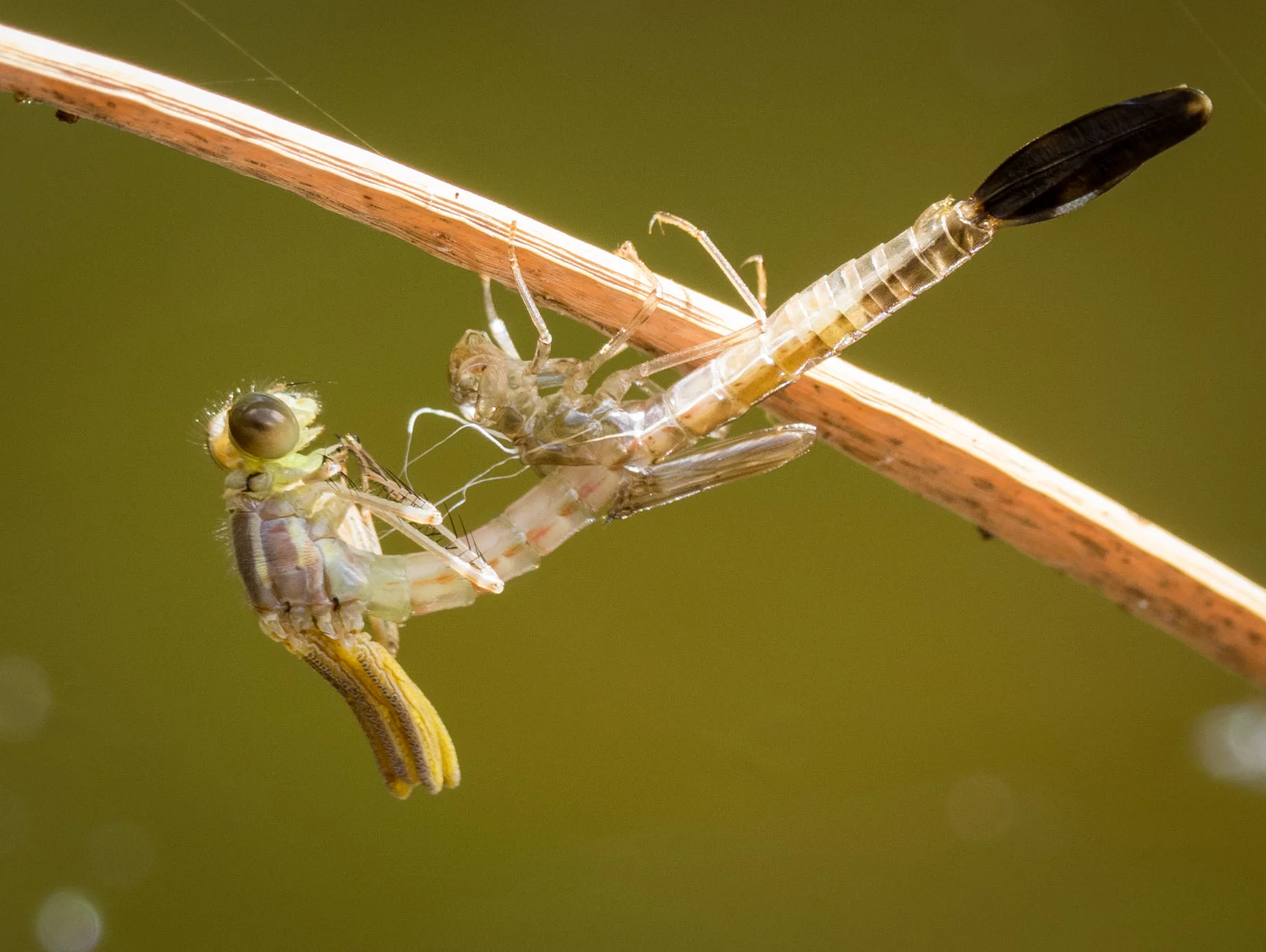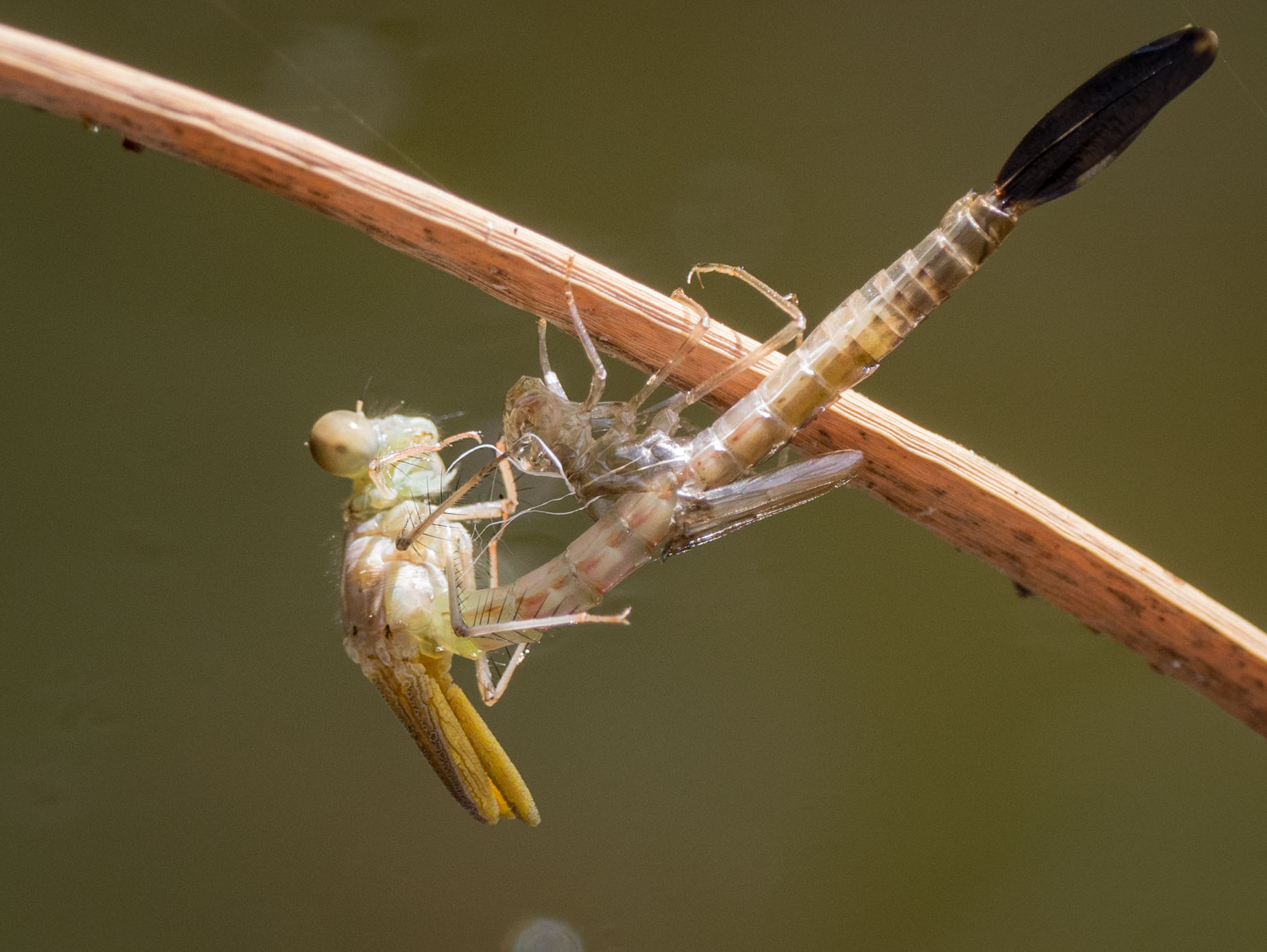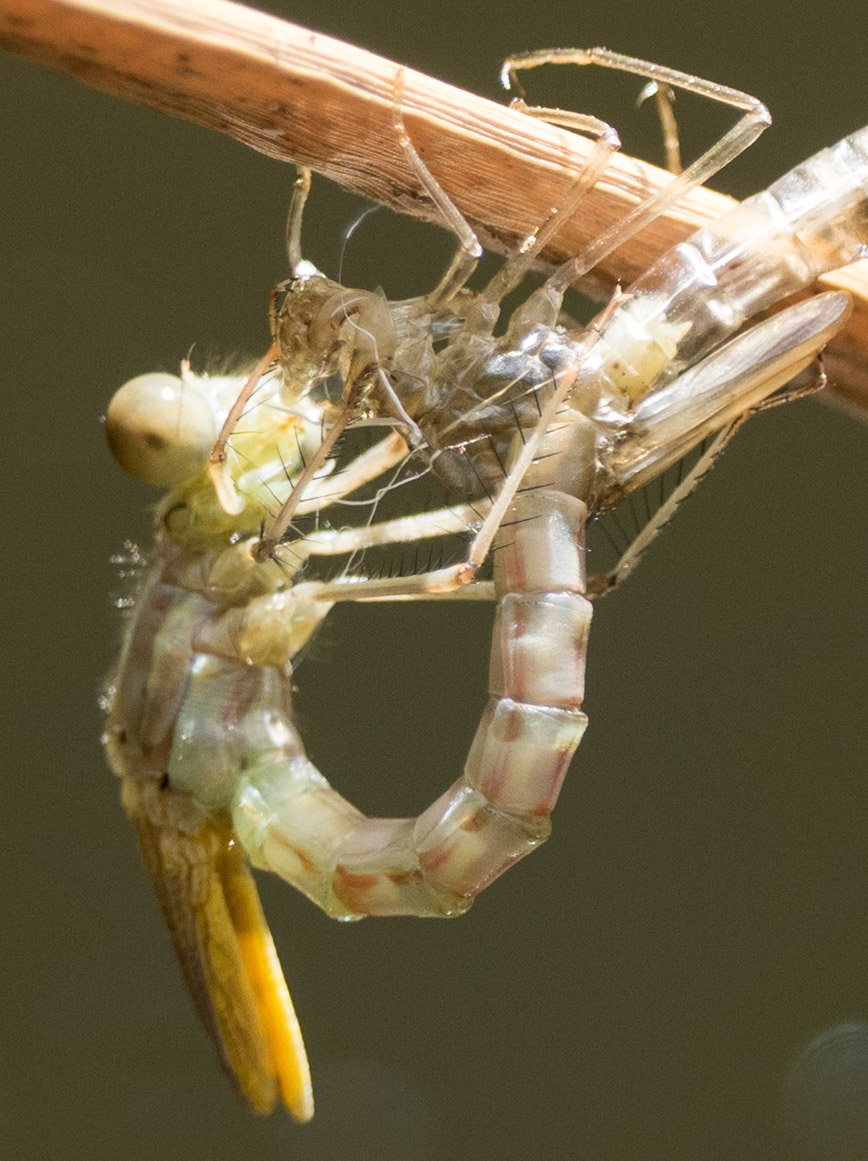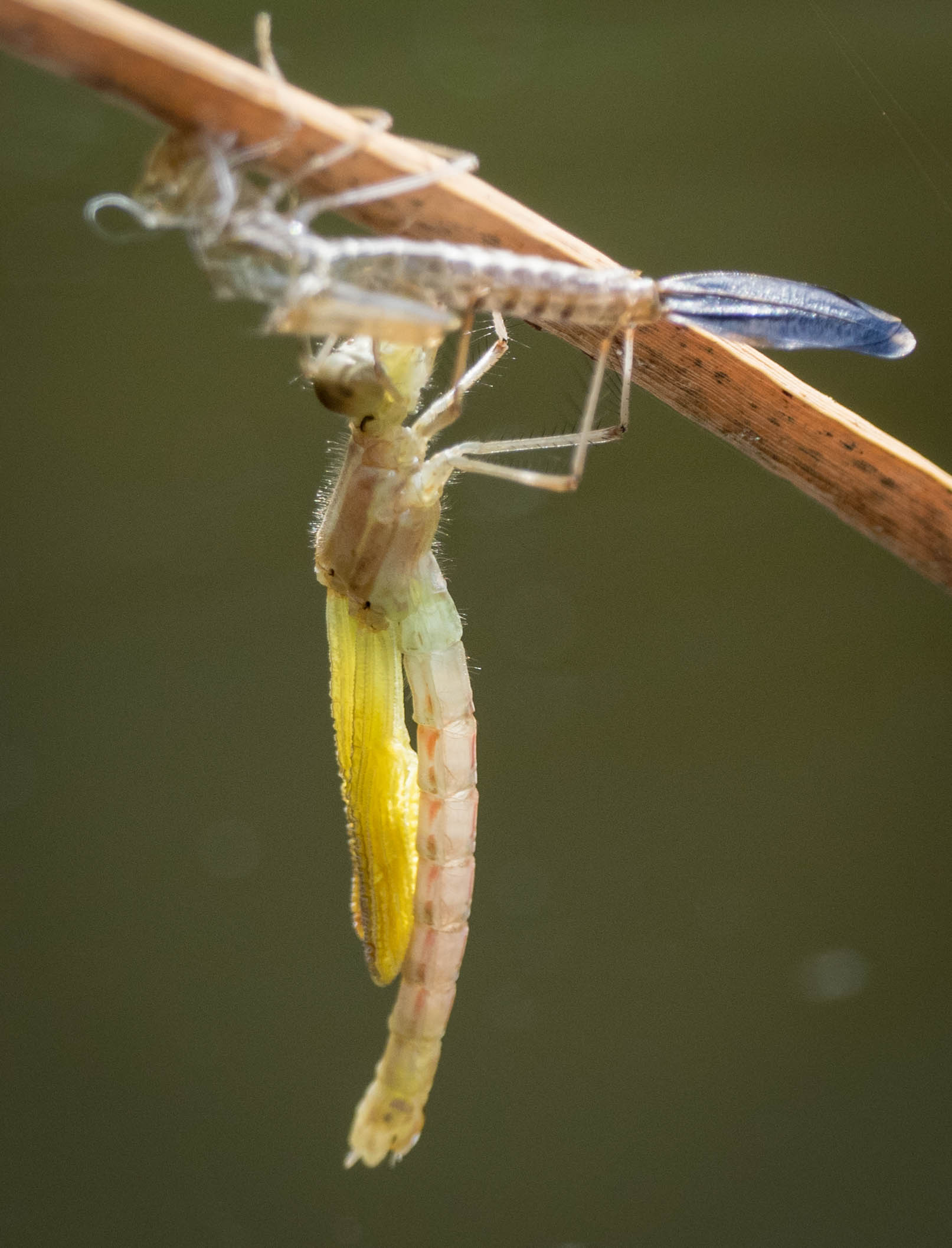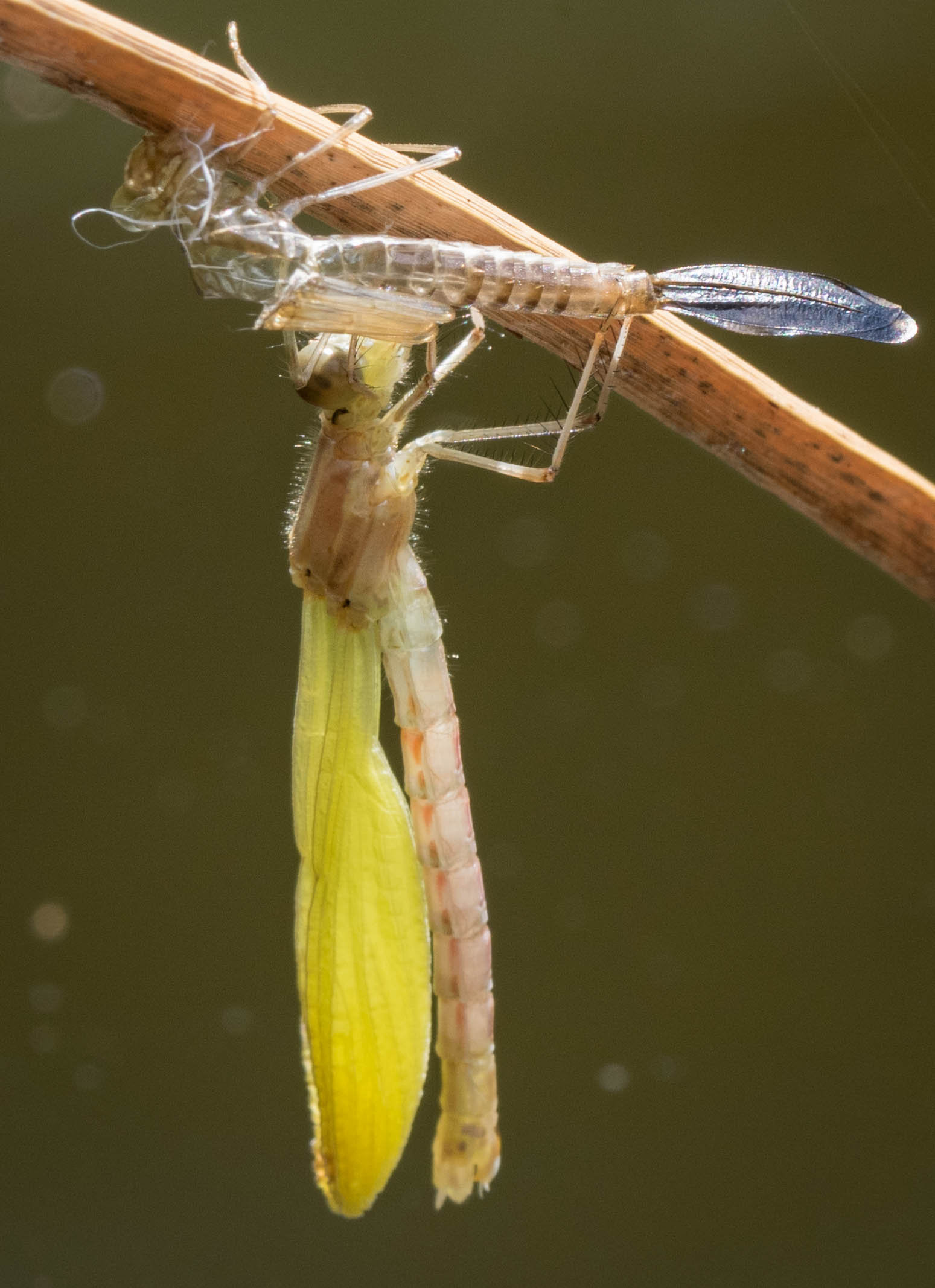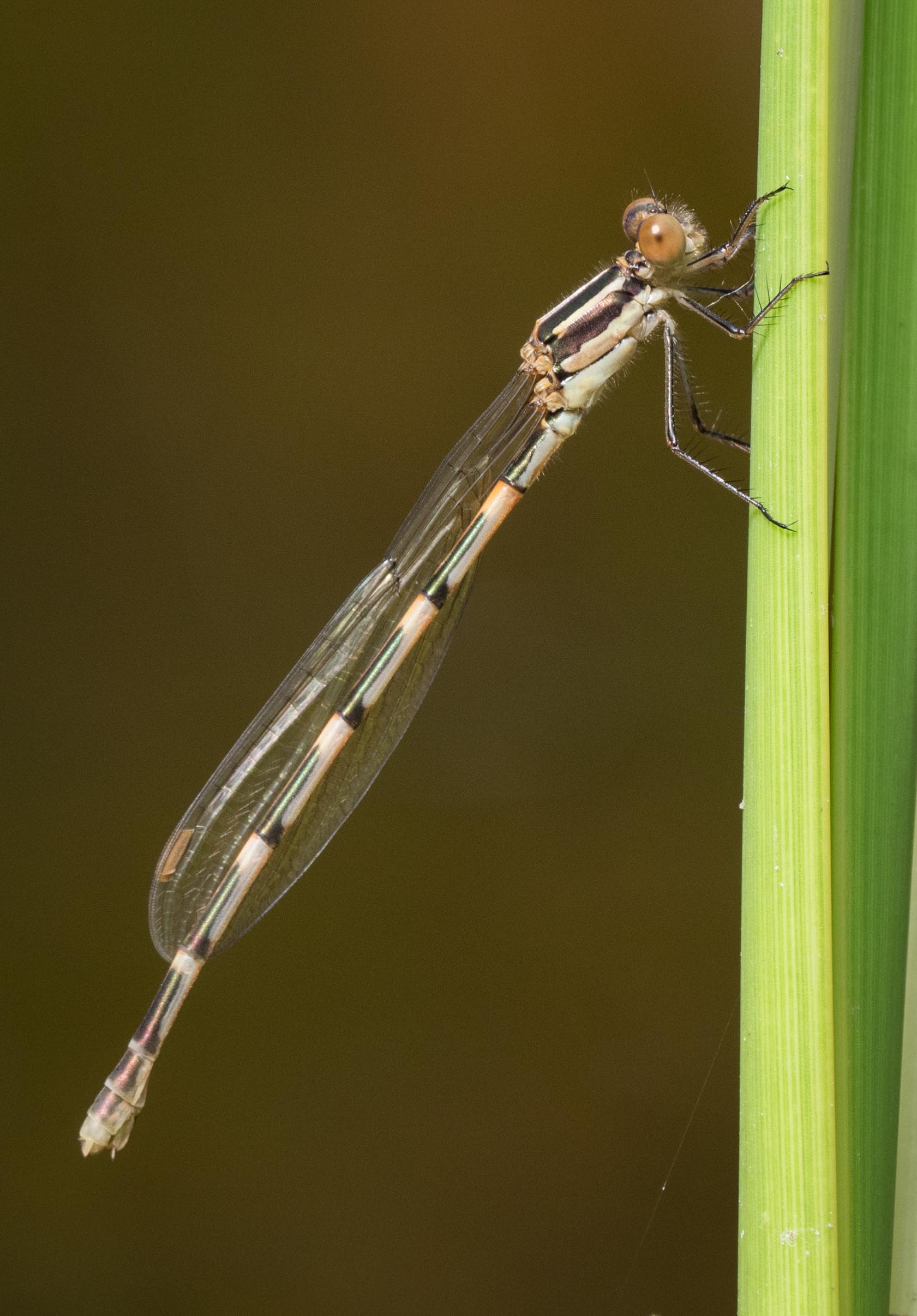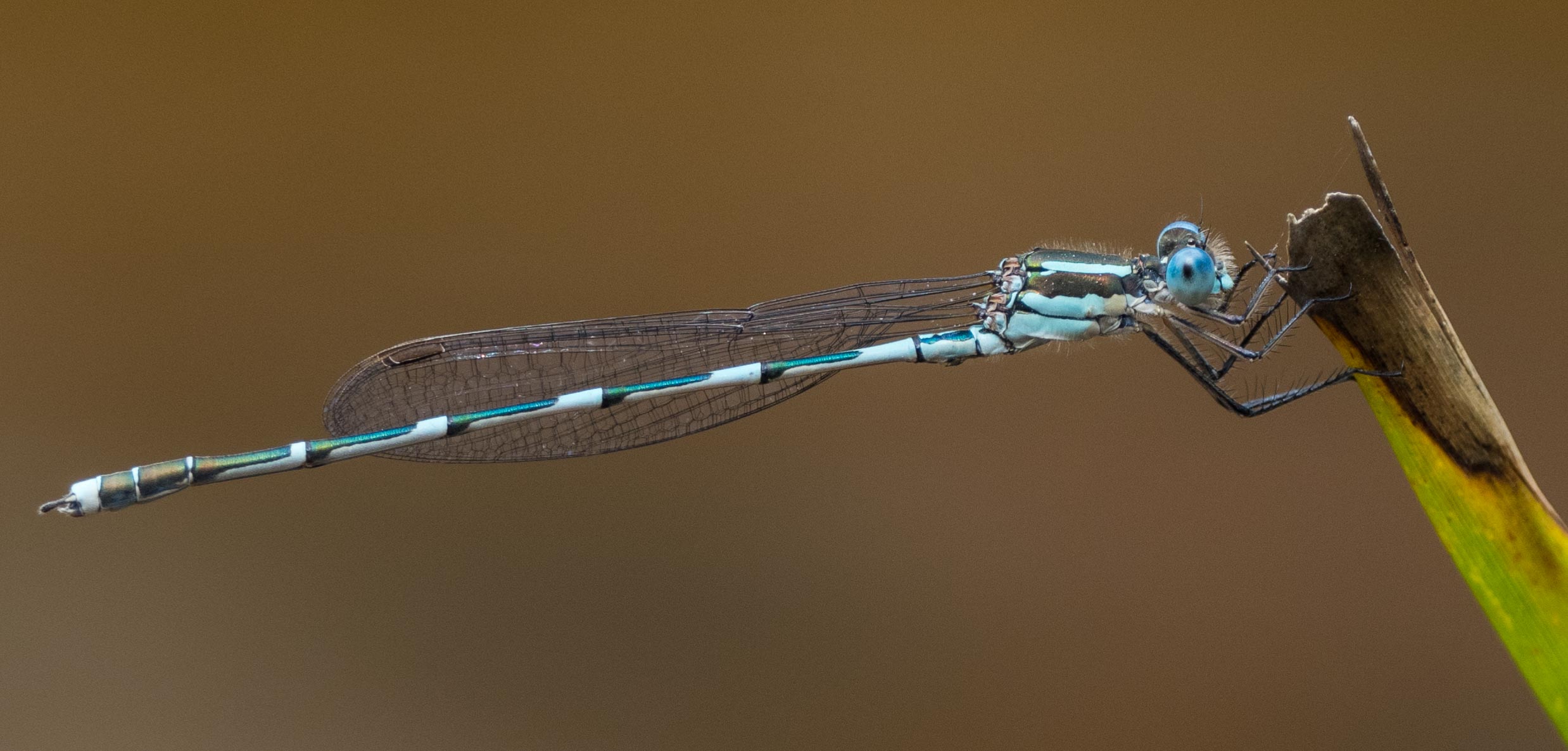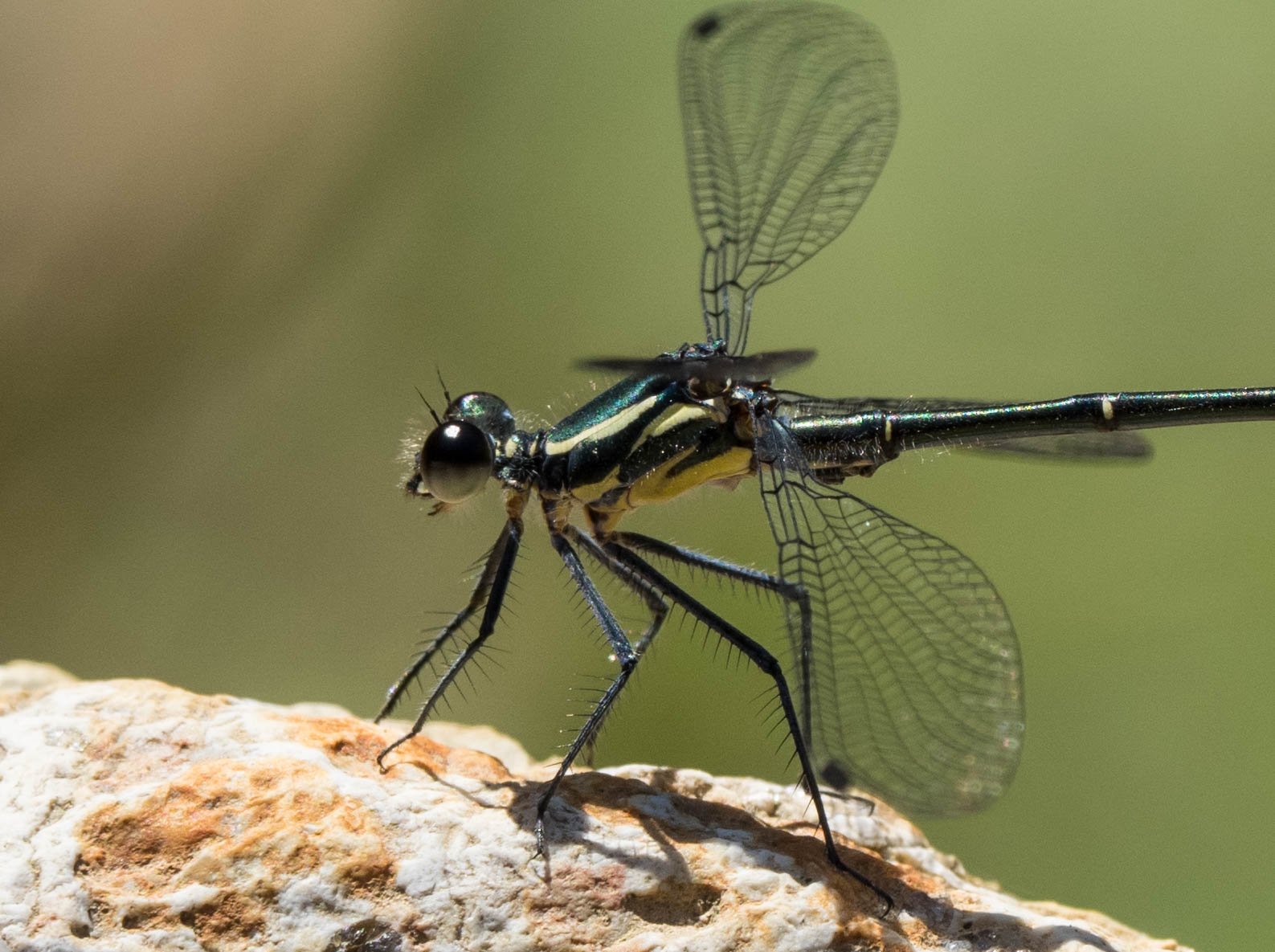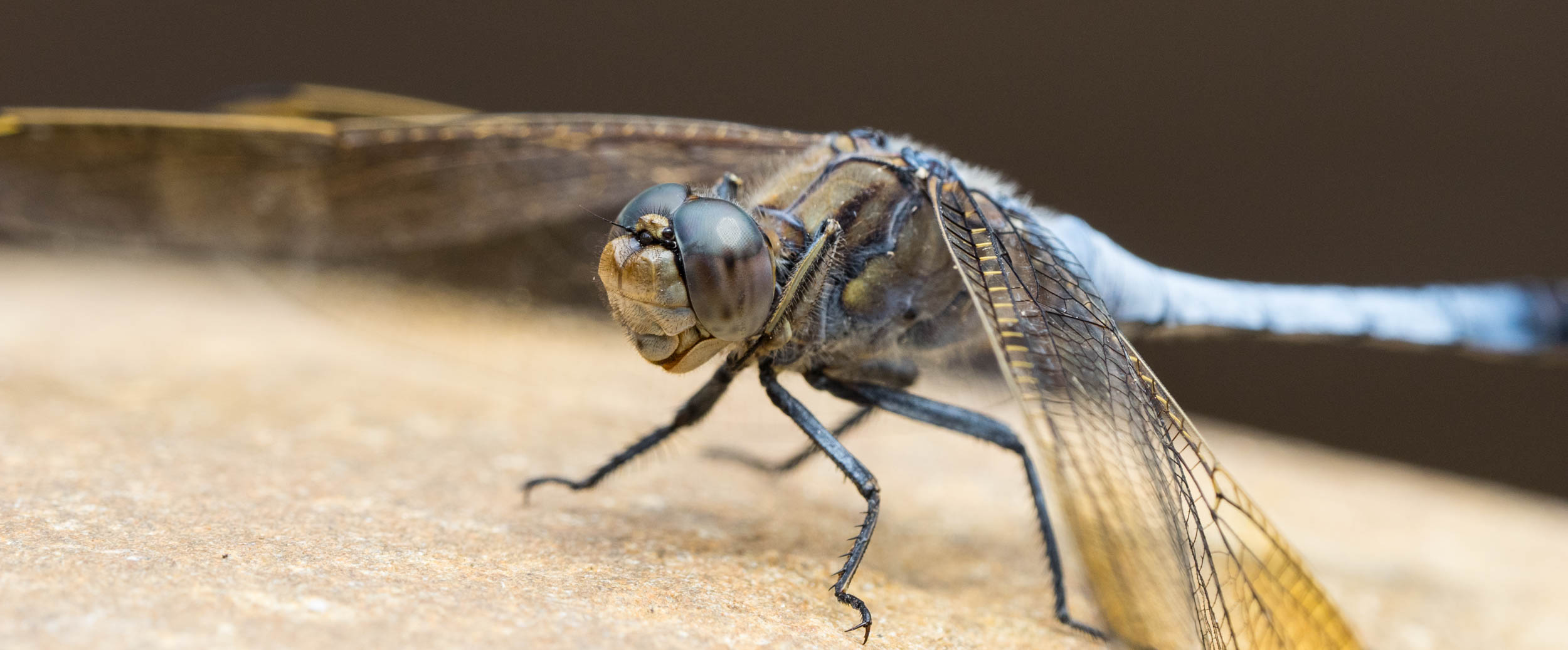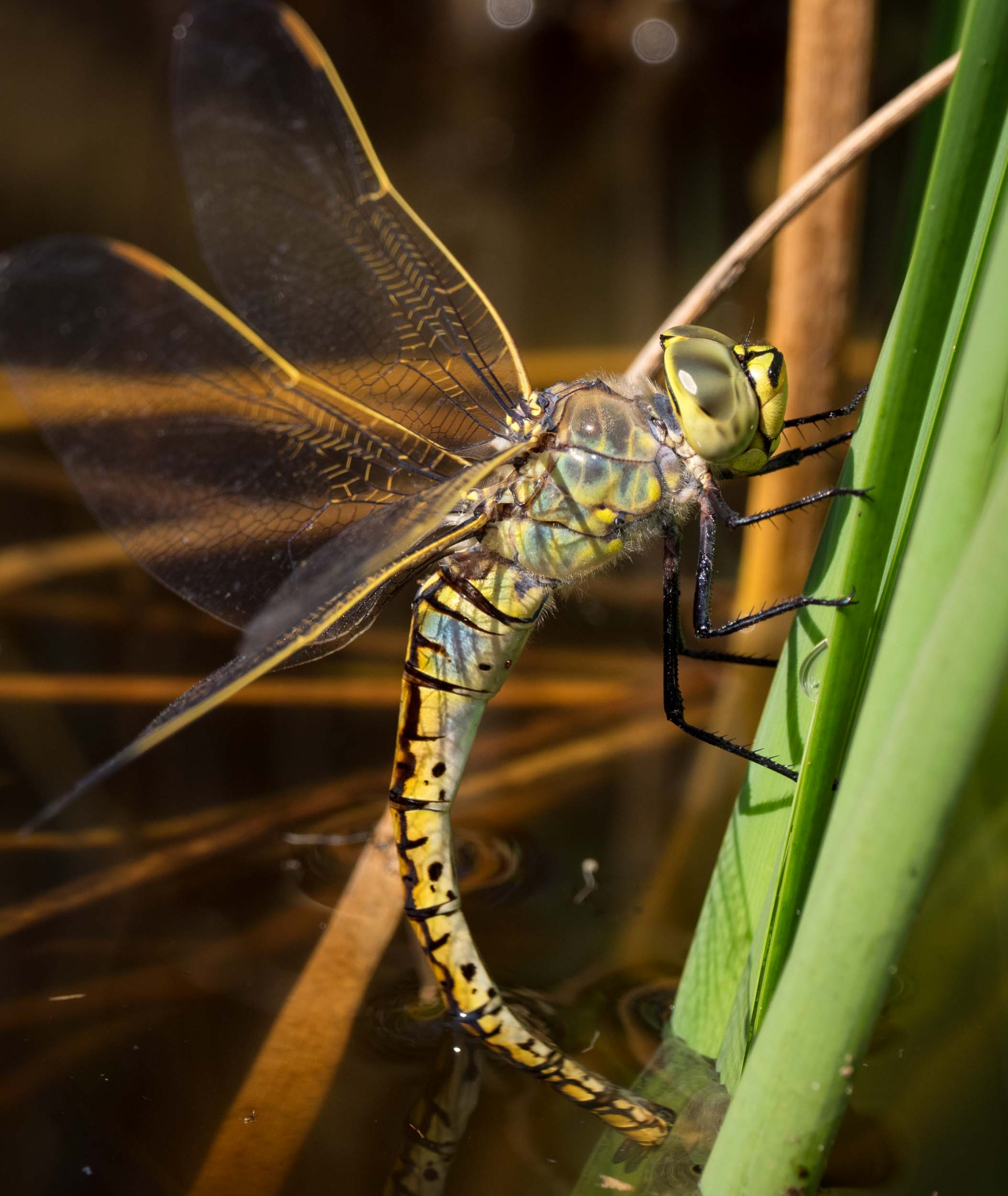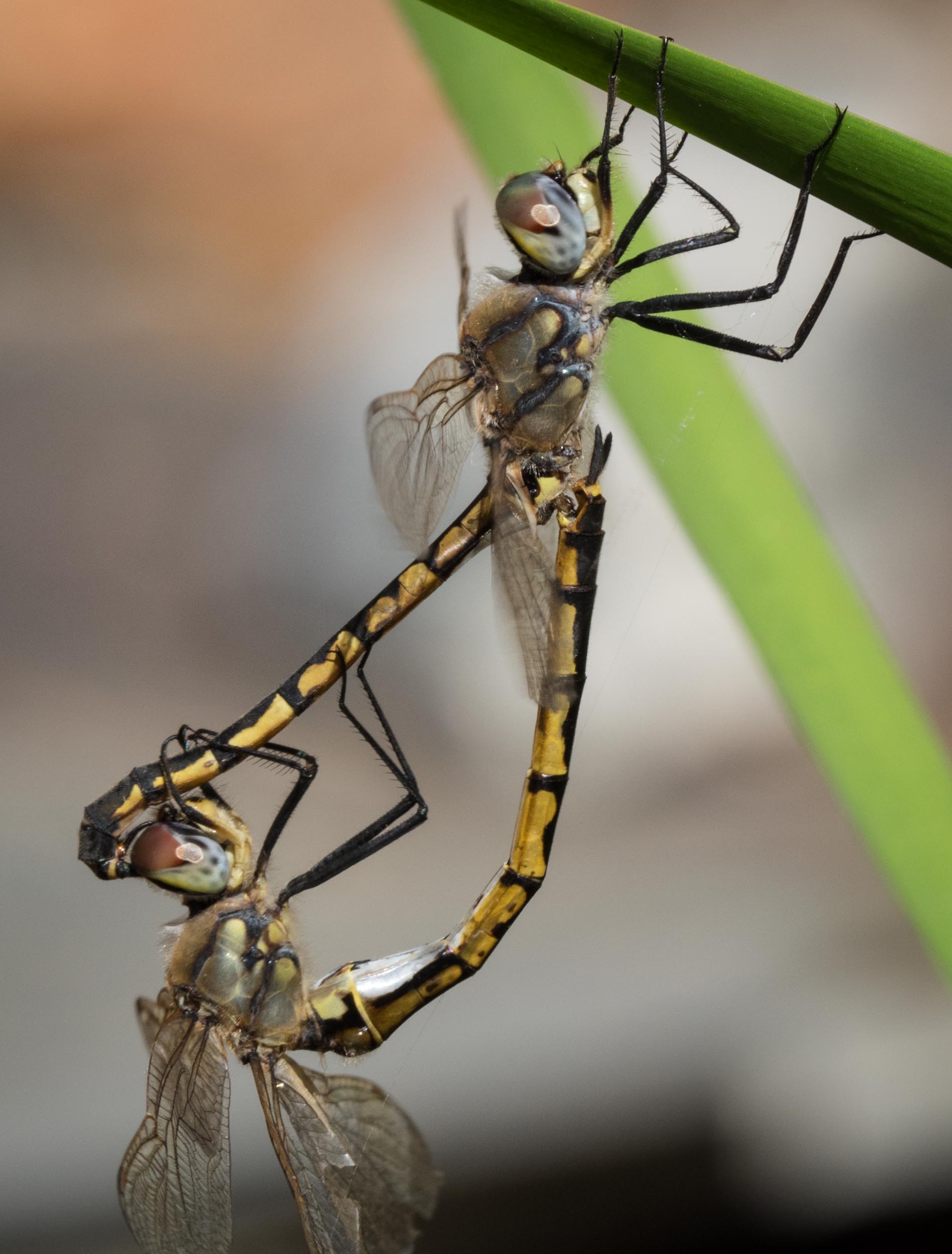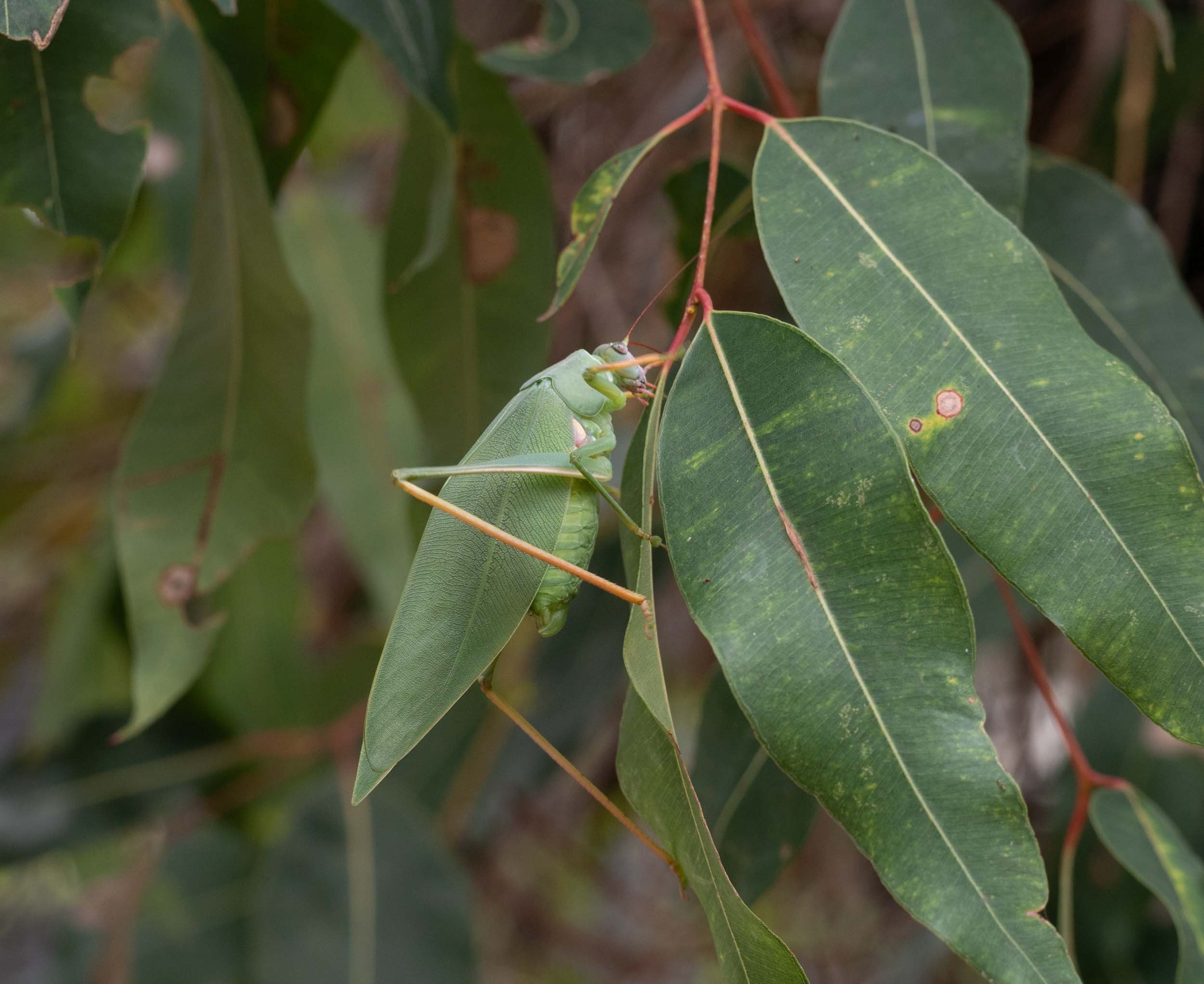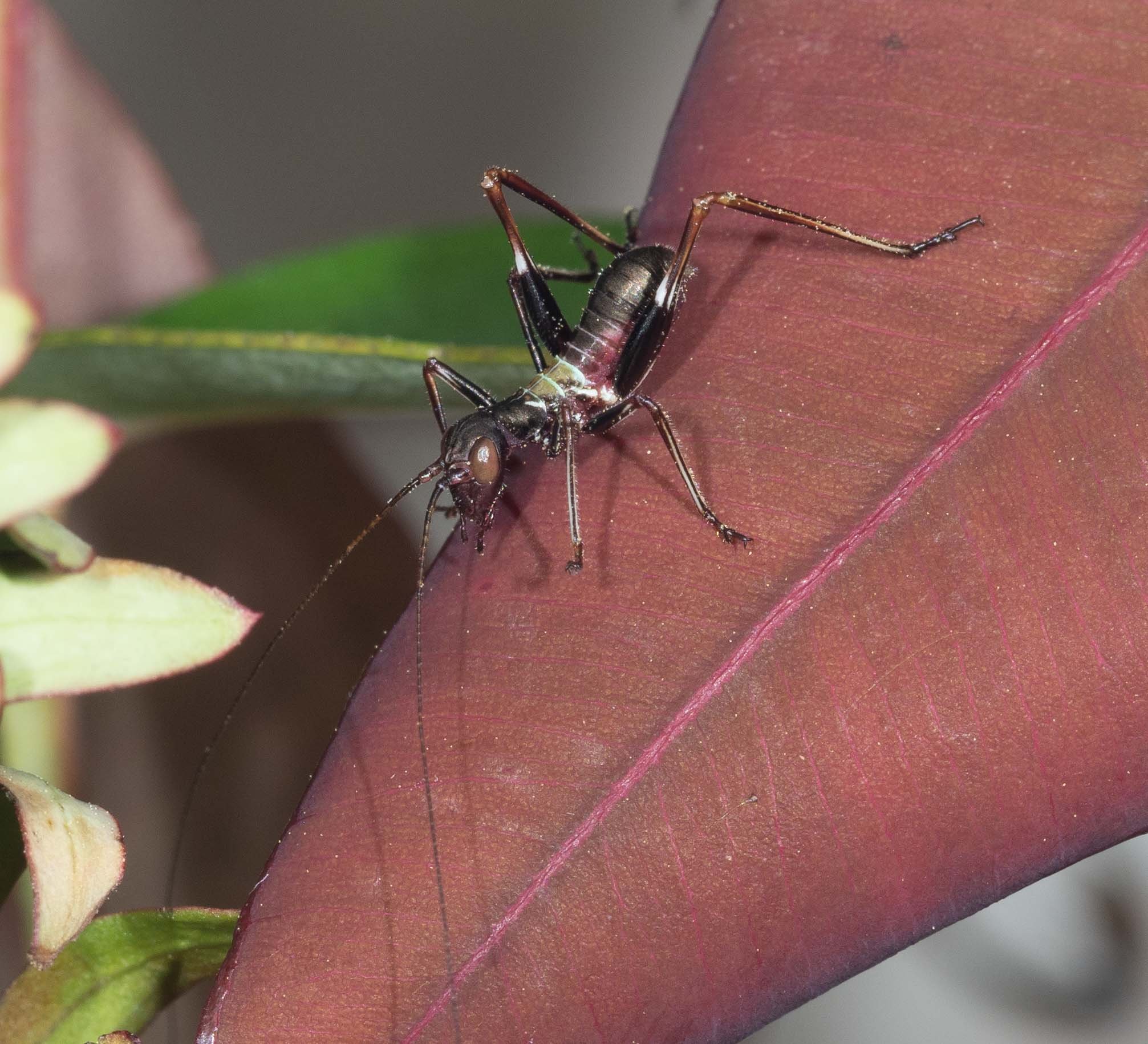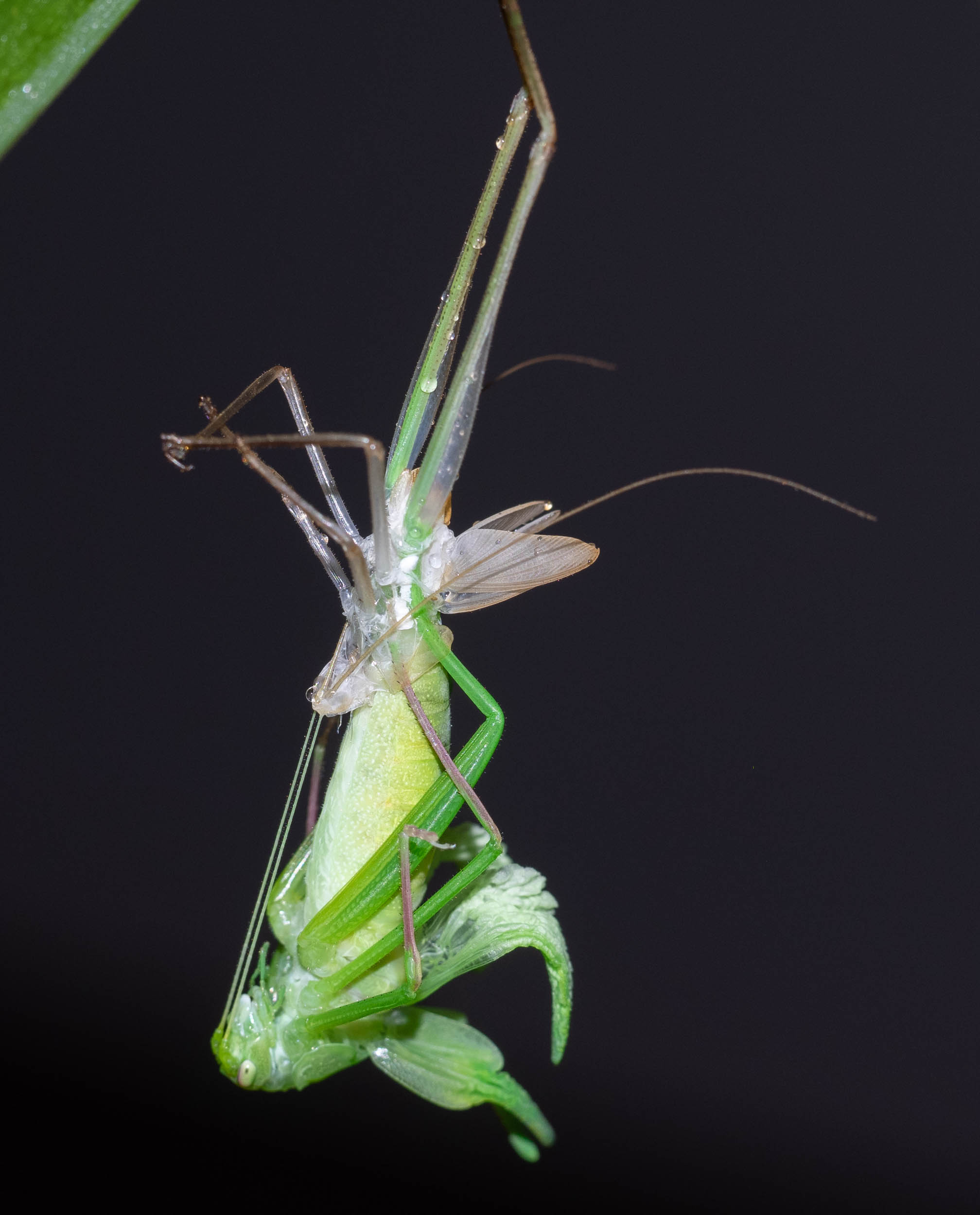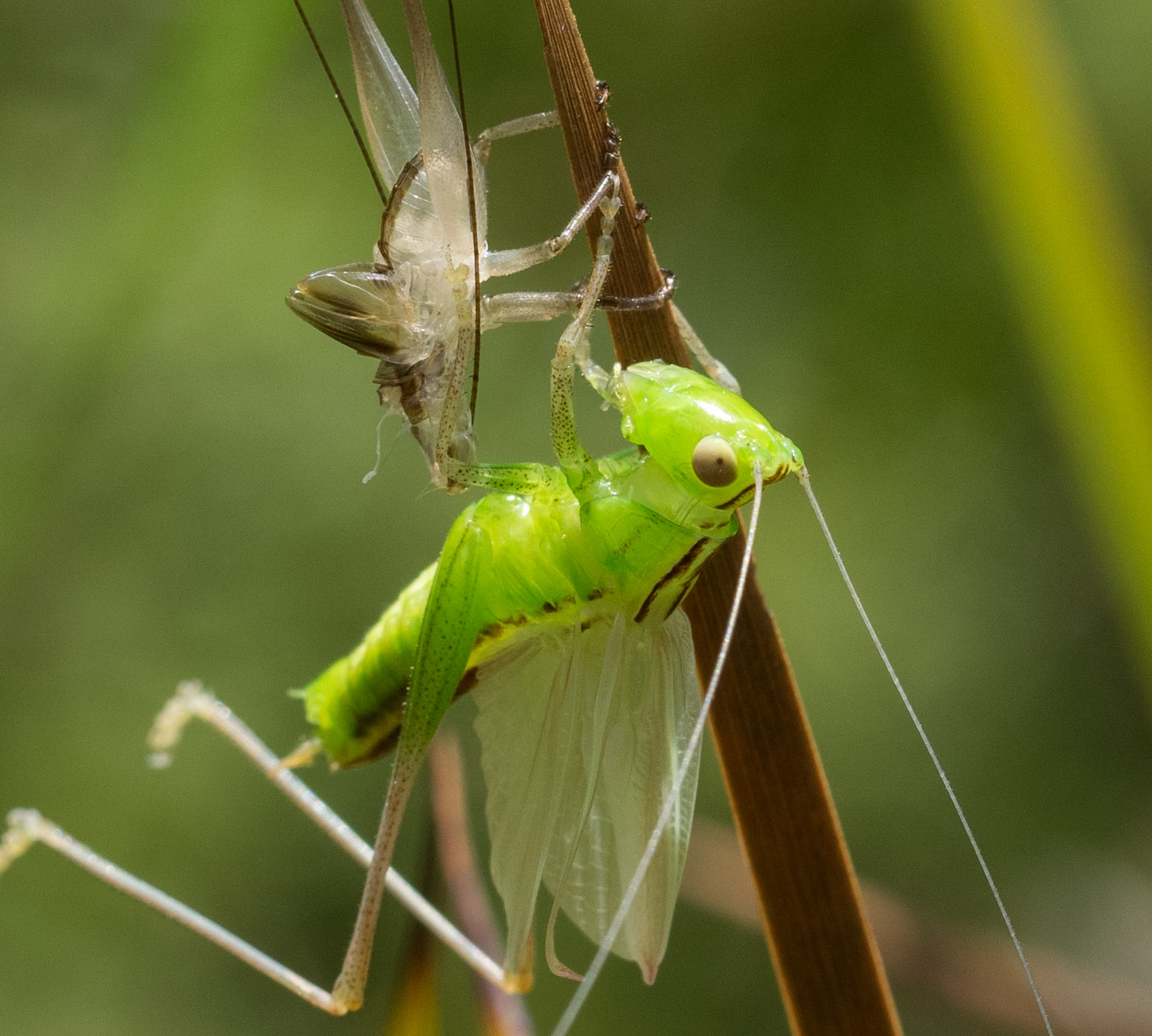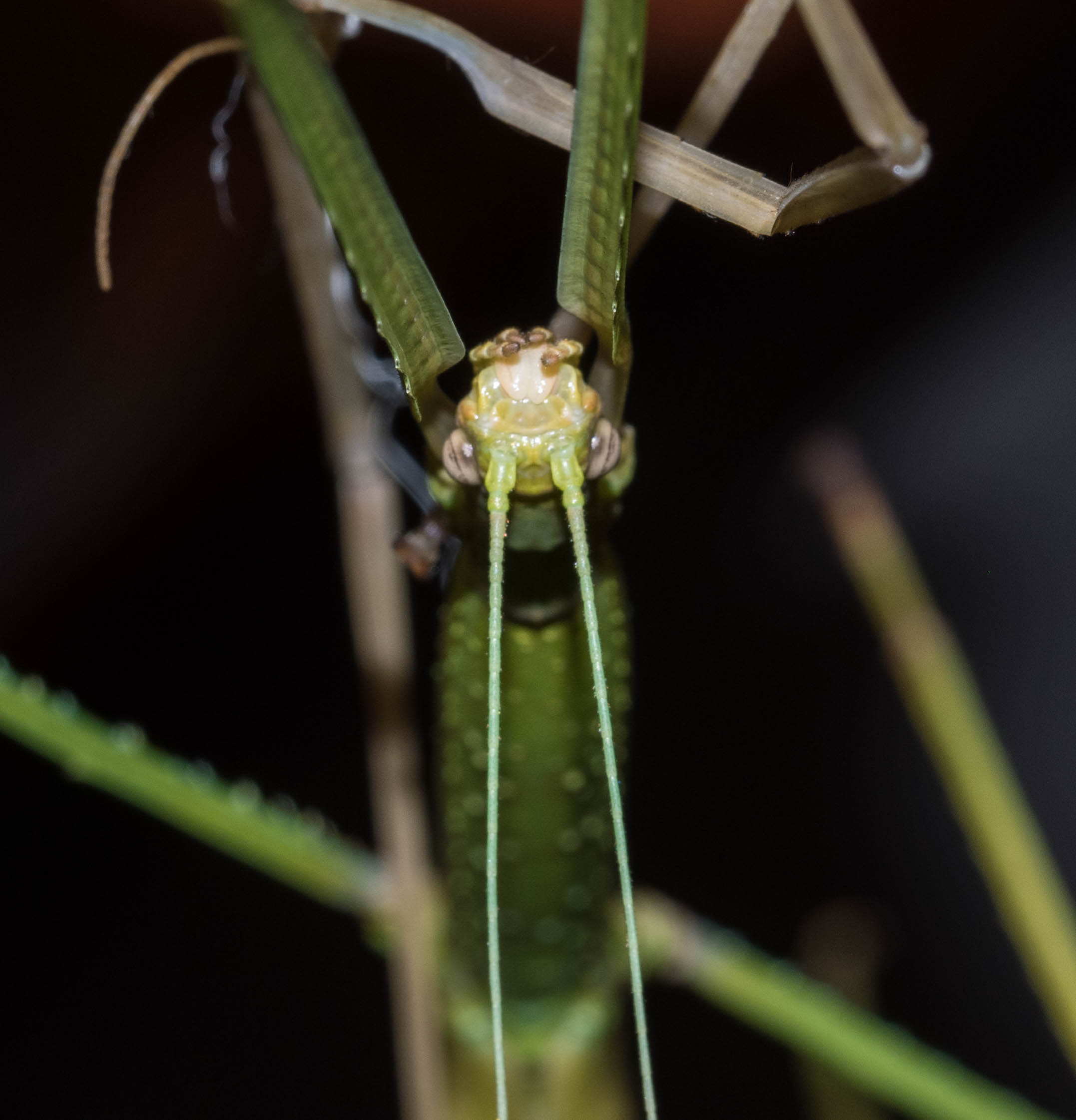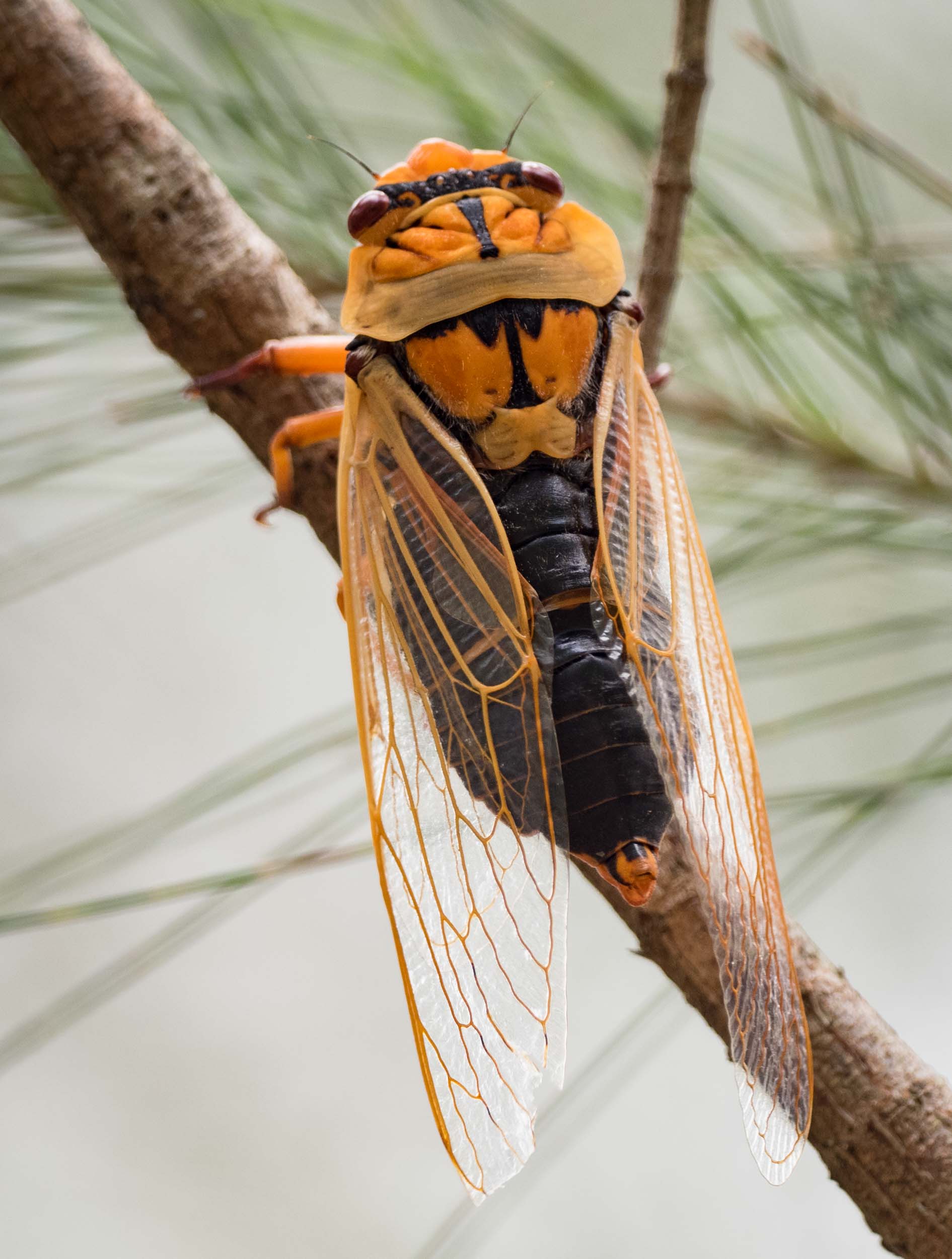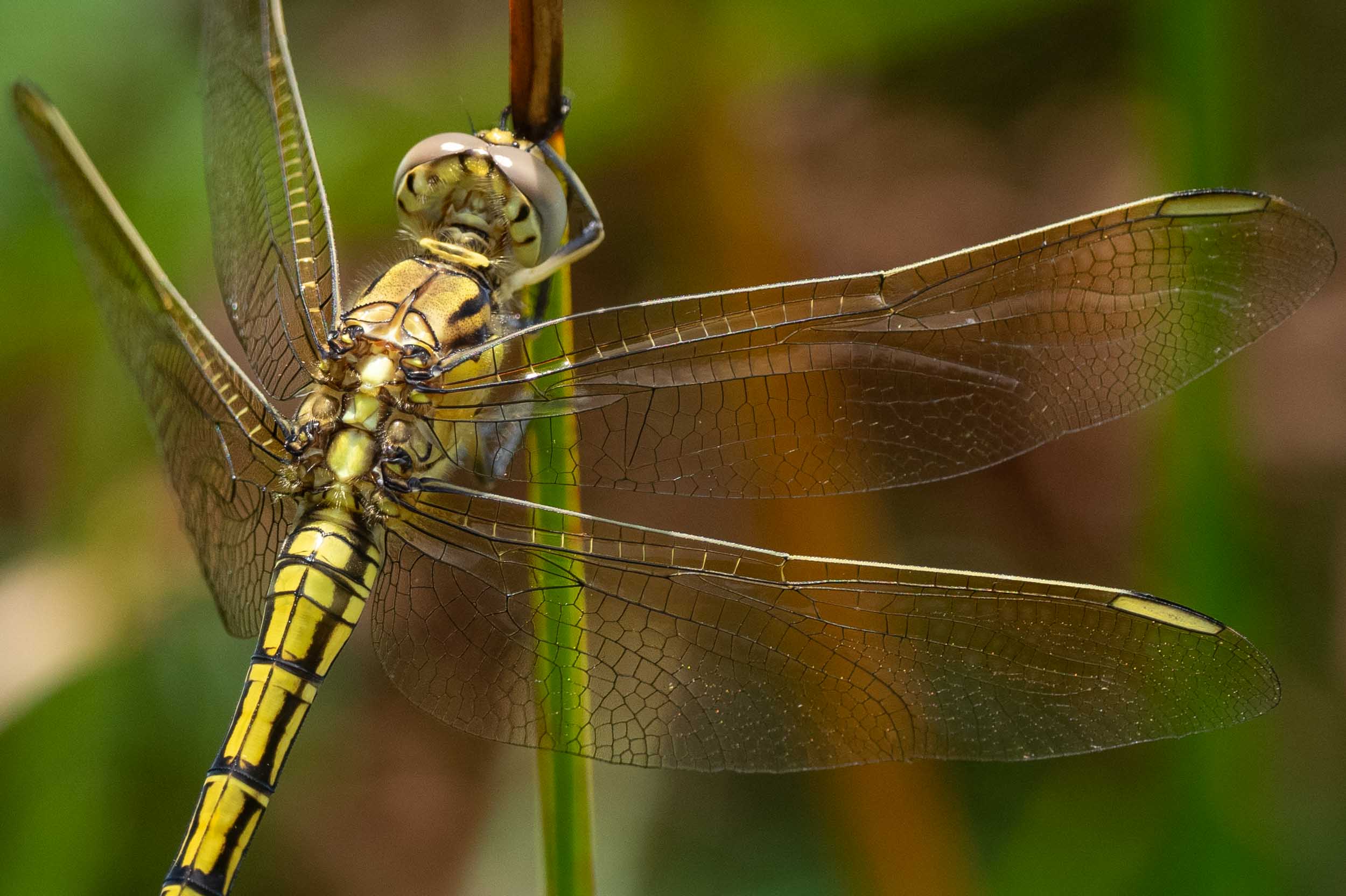Emerging damsels and dragons

In recent days, the plants in the frog pond have become decorated with dragonfly and damselfly shells. It seems that for a year now, and unseen by us, the waters of the pond have been home to quite a large number of nymphs – and now many of them are taking flight!
How old are they?
I'm guessing that the emerging insects are about a year old. This time last year, large numbers of mating damselfly and dragonfly adults were laying their eggs into pond plants or dropping them directly into the water. I've read that most species go through at least nine moults before emergence as winged adults, taking a year or more to develop if the water is cold. And the pond was certainly cold last winter - even freezing over on several occasions!
How large are they?
Not large at all. The slender damselfly nymphs are just 12mm long, plus the 6mm long 'tails'.
The chunky dragonfly cases are larger, at about 20mm long. Dragonfly nymphs do not have external gills - so they're easily recognised as the ones with no 'tail'.
How do they breathe?
Like nearly all insects, dragonflies and damselflies use a system of air-filled tubes to deliver oxygen directly to body tissues and organs. They don't use circulating fluid (blood), as vertebrates do. In the adult, the tubes (trachea) take in air through paired openings in each body segment (spiracles). But this begs the question of how the insects manage during their aquatic nymphal stage.
In nymphs, the spiracles are sealed. Water can't enter and the tubes form a closed system. Gases are exchanged between the trachea and the surrounding water across the surface of 'tracheal gills' - thin flaps or segments of the body wall rich in tracheal tubes. In damselflies, these are the three tail-like extensions at the tip of the abdomen. The gills of dragonfly nymphs are internal - hence, no 'tails'.
As the cells of the insect consume oxygen, the concentration of oxygen in the trachea drops below that of the surrounding water, creating the necessary concentration gradient to drive gas exchange. The exchange of carbon dioxide occurs similarly, but in the opposite direction.
The final moult
I spotted this damselfly very soon after she started her final moult. She had climbed the arching leaf of a water plant, just a few centimetres above the pond surface. The images below show the amazing sequence of events that followed.
Time Zero: The outer shell (exoskeleton or cuticle) of the nymph has split along the back, just in front of the wing buds (the prothorax). The emerging insect is suspended by the last half of the abdomen, which is still inside the old exoskeleton. The soft, new cuticle will gradually harden to form a new exoskeleton, but at this stage it is important that it remain soft ... this is the only way the damselfly can grow.
Time zero (11:28:56).
2 mins: She hangs like this for some time, probably allowing the cuticle of her legs to harden enough to use. The white threads are the linings of the nymphal trachea. They are contiguous with the exoskeleton.
2 mins (11:30:43)
5 mins: She reaches forward and grips her old exoskeleton with her feet.
5 mins (11:33:34)
6 mins: Gripping with her feet, she pulls her abdomen free. She has already grown considerably - compare the length of her 'new' body to that of her former self.
6 mins (11:35:00)
6 mins (11:35:01)
8-16 mins: The wings are unfolded and extended as they fill with body fluid and air. It is vital that this occur before the cuticle hardens.
8 mins (11:36:59)
10 mins (11:38:47)
12 mins (11:40:31)
13 mins (11:42:05)
14 mins (11:43:00)
16 mins (11:45:26)
21-36 mins: Over the next 15 mins, the body elongates. Each segment lengthens and narrows, and the insect takes on the typical damselfly shape. She avoided touching the water surface - just! - by walking over her old exoskeleton and eventually gripping the plant stem.
21 mins (11:49:47)
36 mins (12:05:14)
43-88 mins: Changes now become more subtle ... a little more body lengthening, and a general change in colour as the exoskeleton starts to harden. She can now support her weight, and climbs atop the stem.
43 mins (12:11:58)
88 mins (12:56:40)
97-8 mins: The Maiden Flight! She takes wing, landing just a short distance higher up among the reeds. And then she just rests ...
97 mins (13:05:29)
98 mins (13:06:27)
4 hours, plus: The colours confirm her identity as Austrolestes leda ... Wandering Ringtail, our most common damselfly. And the shape of her abdominal segments confirm she is a female. Her colours will deepen further over coming days, but she will not develop the bright blue of the male. She flew off shortly after these shots.
253 mins (15:41:25)
254 mins (15:42:11)
I've been hoping to catch sight of a dragonfly emerging, but no luck so far. Needless to say, I'll keep looking.






